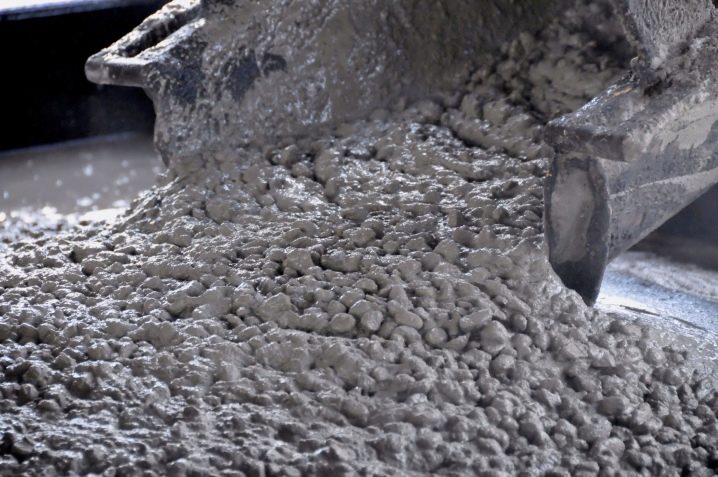ASTM C150 Chemical Composition of Oil Well Cement Test
The ASTM C150 chemical composition test for oil well cement is a critical procedure that ensures the quality and performance of cement used in the construction of oil wells. This testing method is essential because it helps identify whether the cement meets the required specifications as per industry standards.
Oil well cement serves several vital functions within an oil or gas reservoir, including stabilizing the wellbore, providing a seal against hydrocarbons and water, and facilitating the production of oil and gas. To achieve these objectives effectively, it is imperative that the chemical composition of the cement adheres strictly to established standards.
The ASTM C150 test specifically examines five major components: lime (CaO), silica (SiO2), alumina (Al2O3), iron oxide (Fe2O3), and magnesium oxide (MgO). These elements form the backbone of oil well cement’s physical properties. Deviations from the specified ranges could lead to compromised performance, which is why precise and accurate testing is crucial.
During this test, a sample of the oil well cement is thoroughly analyzed using advanced analytical instruments like X-ray fluorescence (XRF) spectrometers or infrared spectroscopy. The results provide detailed insights into each component's concentration within the specified limits set by ASTM C150.
The significance of this test extends beyond just meeting regulatory requirements; it also plays a pivotal role in ensuring operational safety and efficiency during drilling operations. By maintaining consistent chemical compositions, oil companies can prevent costly downtime due to failed well completions or leaks that might compromise the integrity of the reservoir.
Applied Standards
| Standard | Description |
|---|---|
| ASTM C150 | This standard specifies the chemical composition of Type I, II, and III portland cement. It is particularly relevant for oil well cement as it ensures that the cement meets specific requirements regarding its constituent elements. |
Why Choose This Test
- Ensures compliance with international standards and regulations.
- Promotes consistent quality across different batches of cement.
- Aids in optimizing the chemical composition for enhanced performance under various drilling conditions.
Competitive Advantage and Market Impact
- The test results contribute to a company's reputation as a leader in quality assurance within the oil & gas industry.
- By adhering strictly to ASTM C150 guidelines, companies can reduce risks associated with substandard materials, thereby enhancing safety and operational reliability.





